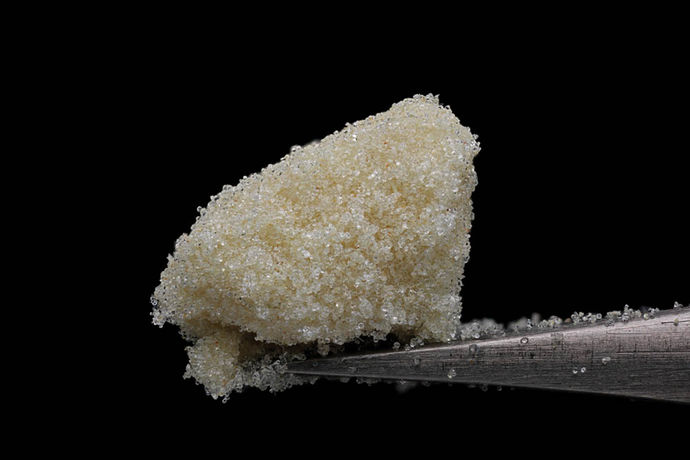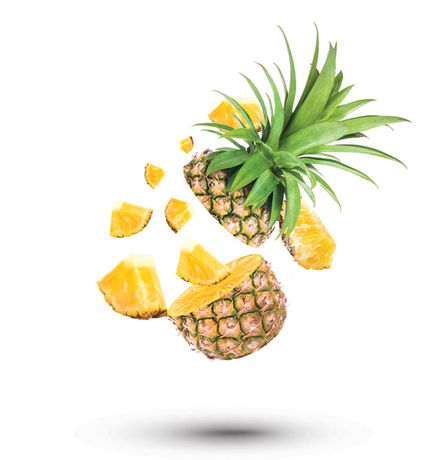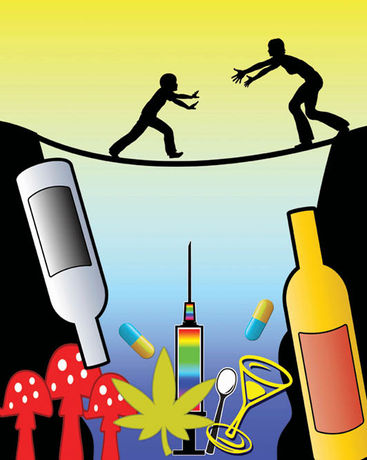From veterinary sedative to rave drug, Ketamine is now emerging as a mainstream treatment option for multiple mental health issues.
Alternative medicine, by definition, isn’t widely accepted by the mainstream medical community, as it often seems to fly in the face of conventional treatments. One popular modality that’s blurring the lines between alternative and traditional medicine, however, is ketamine. Thanks to promising mental health research, doctors are beginning to welcome this substance as a psychedelic treatment option with open arms.
Ronan Levy, Co-Founder and Executive Chairman of the ketamine-assisted psychotherapy program Field Trip, attributes the emergence of ketamine therapy to developments in mental health research and Cannabis normalization.
“It took a while before it got embraced,” Levy says, “but there is a desire for natural, integrative approaches to healthcare. SSRIs (Selective Serotonin Reuptake Inhibitors, commonly prescribed antidepressant drugs) don’t always work and have unpleasant side effects, and psychotherapy takes a long time.”
So what exactly is ketamine, and how does it help?

WHAT IS KETAMINE?
Ketamine is a mild hallucinogen that causes a dissociative sensation, allowing someone experiencing trauma to disconnect from their unpleasant reality (a crucial factor in why it’s so effective in treating ER patients). Ketamine was first synthesized from PCP (phencyclidine aka angel dust) in 1962 and patented as a veterinary sedative in 1966. Since it minimally impacts the respiratory system, it was approved by the FDA in 1970 for use on injured soldiers in Vietnam. It wasn’t until the emergence of the 1980s rave scene that “Special K” (as it came to be known) gained popularity recreationally.
WHAT DOES KETAMINE DO?
Ketamine modulates glutamate receptors NMDA and AMPA, which control inflammation, memory, mood, cognition and thought patterns. At low doses, the result is pain relief and hypnosis. Increased amounts create an illusion of disconnect between body, environment and self, and even induce a state of temporary paralysis known as a “k-hole.” But used correctly in a controlled therapeutic setting, it can be highly effective in shifting patients out of negative mindsets.
“People suffering from anxiety and depression are often locked into damaging thought patterns like ‘I am not worthy of love’ or ‘I will never recover from this loss.’ When people suffer for a long time, their brain chemistry changes, and it can become difficult to break out of these thought processes without help,” explains Dr. Leonardo Vando, the Medical Director at Mindbloom – a NYC-based mental health and wellbeing company founded in 2019 that partners with licensed psychiatric clinicians to offer patients access to safe, guided, psychedelic treatments. “Ketamine seems to provide relief from these ruminative thoughts, which allows the brain to create new, healthier, neural connections. In neuroscience, we call this ‘neuroplasticity.’ Ketamine increases neuroplasticity which may be why people are able to make such great strides.”
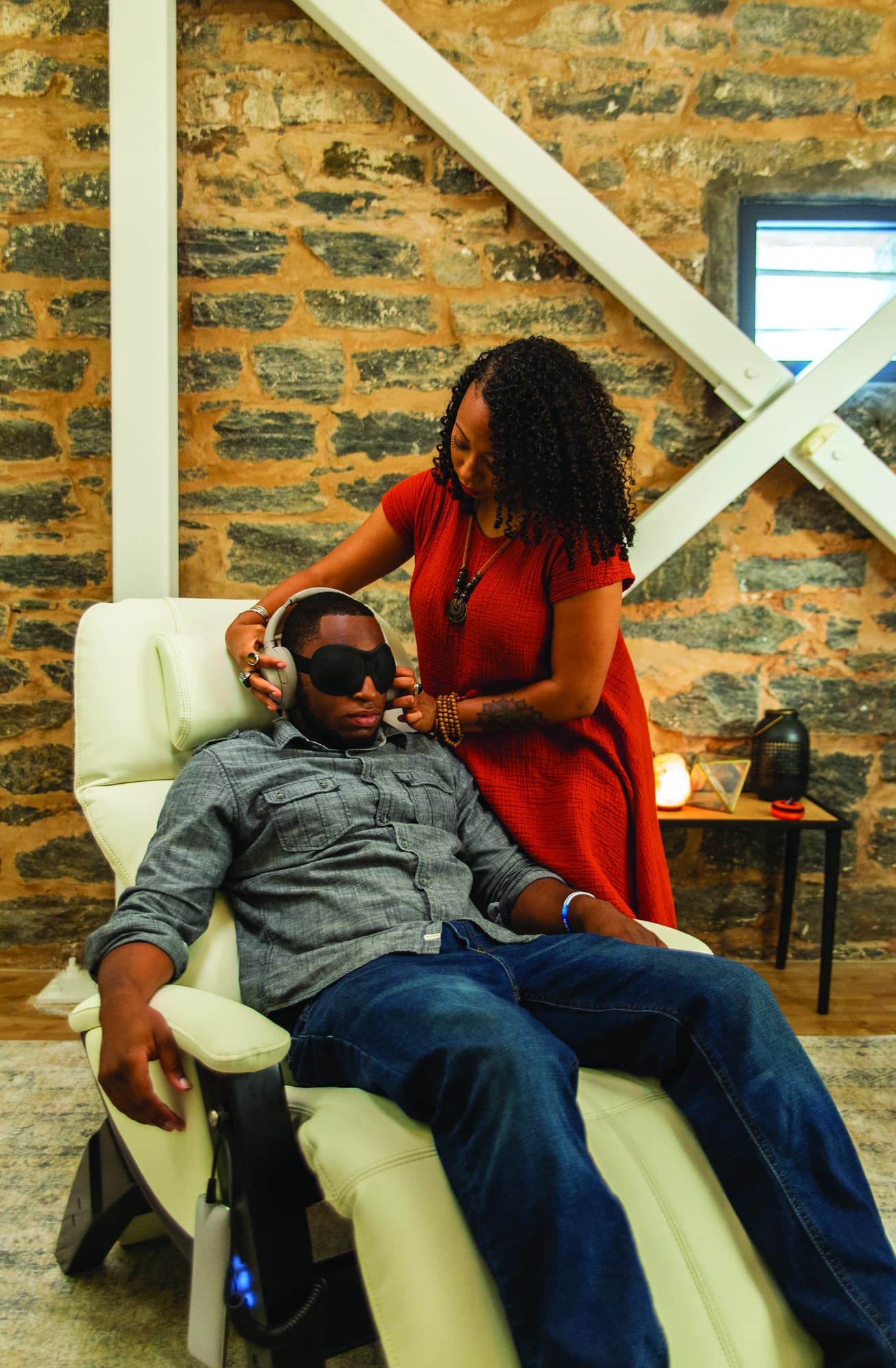

HOW IS KETAMINE THERAPY ADMINISTERED?
Ketamine is typically administered using one of four methods: intravenously (racemic), intramuscularly, sublingual, and nasally (esketamine). While more research is needed to understand each method fully, here’s a basic breakdown of the differences:
Intravenous and intramuscular injections are highly successful, but tend to be expensive as they require multiple in-person visits alongside trained professionals. Both methods elicit an almost immediate response with the potential to remove depressing, suicidal thoughts during the first treatment.
Sublingual treatment enables individuals in any location accessibility at a lower cost. Lozenges are self-administered by the patient with a trusted “trip-sitter” accompanying the journey. Sublinguals are not as bioavailable as an IV or injection, but allow for experimentation with lower doses.
Esketamine nasal spray must pass through the nose and sinus tissues to reach the brain, so effects are not as immediate, and it is currently the most expensive treatment type. Some research reveals esketamine to be most successful when administered alongside oral antidepressants.

WHO SHOULD EXPLORE KETAMINE THERAPY?
All patients must undergo a thorough psychiatric evaluation beforehand in order for practitioners to determine if ketamine is the right fit for their condition or situation. At Mindbloom, clinicians are never incentivized to prescribe medication, which guarantees safe and morally-sound administration.
“Ketamine therapy can be a safe and effective option for a wide range of people struggling with anxiety or depression – even if symptoms are mild,” according to Dr. Vando. “Some clients are starting their mental health journeys and have never seen a therapist or psychiatrist before. Some have been on antidepressants for years and might be looking for new ways to manage their mental health.”
In addition to anxiety and depression, the therapy helps with other serious psychological ailments such as PTSD and addiction.
“Ketamine can be used to treat addiction and can help break habits like alcohol or tobacco,” Levy says. “The risk of ketamine dependence is low and virtually non-existent with episodic intervention.”
WHAT DOES KETAMINE THERAPY ENTAIL?
Mindbloom provides virtual ketamine therapy, which Dr. Vando describes as follows: “The experience is generally calm and relatively short. When people hear ‘psychedelic trip,’ they often think of magic mushrooms or LSD, which can last for six to eight hours. With ketamine, you lie down with an eye mask on and listen to calming music, which helps you relax. The felt experience lasts about 40-60 minutes, and the onset is gradual. People often describe a relief from negative thoughts and feelings that they normally experience. Some describe the feeling as floating or being in a warm bath. In general, the experience dissipates fairly quickly without any hangover.”
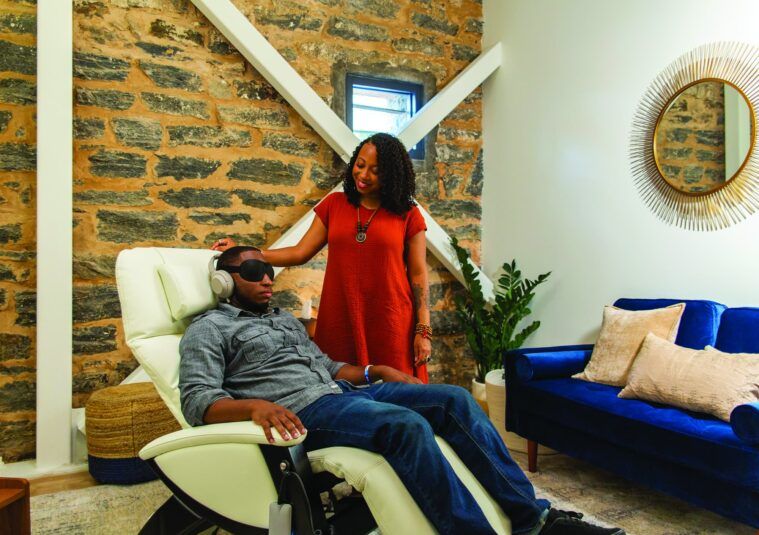
Like Mindbloom, Field Trip offers virtual ketamine therapy, as well as in-person intramuscular therapy – where clinicians administer sub-anaesthetic doses through one or multiple injections.
“The suggested protocol is four to six sessions with integration work in between,” Levy explains. “We help clients take the insights and awareness and turn them into proactive behavioral changes, leveraging the opportunity of neuroplasticity to change outlooks, mindsets and behaviors. We are seeing life-changing results. Clients starting with severe to mild scores are experiencing benefits that last up to six months. To my knowledge, these outcomes are the single most effective treatment for depression and anxiety.”
Field Trip also offers other online resources, such as Trip – their mindfulness app for continued integration.
WHY TRY KETAMINE THERAPY?
With mental illness skyrocketing and traditional treatments failing patients, many doctors are hopeful that psychedelics may hold the key to solving our current mental health crisis. Whether administered at home or in a clinic, ketamine is an exciting option for physicians treating depression, PTSD, addiction and suicidal ideation.
“Mental health is the number one healthcare epidemic facing America,” Vando cautions. “While talk therapy and prescription medications work for many people, we need more options. Ketamine therapy – and psychedelics in general – are becoming increasingly respected as a safe and effective way to manage mental health. I believe we are at the beginning of a major shift in mental health where these medicines will become an accessible option for every American.”

LEARN MORE
Curious about ketamine therapy for yourself or a loved one? Check out Field Trip, Mindbloom, or a local ketamine clinic near you to explore your options. If choosing to consume recreationally, be sure to test your drugs with a reliable test kit such as Dance Safe.


